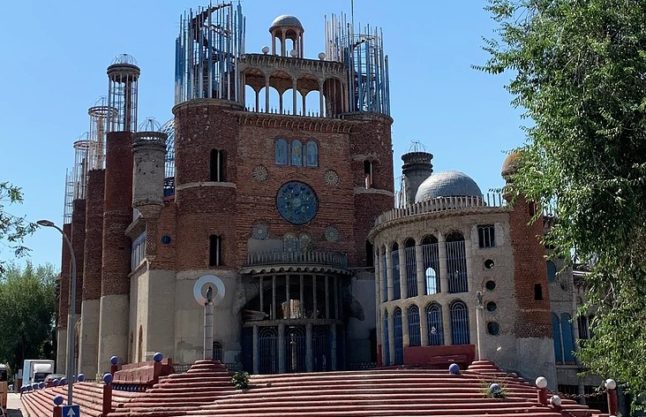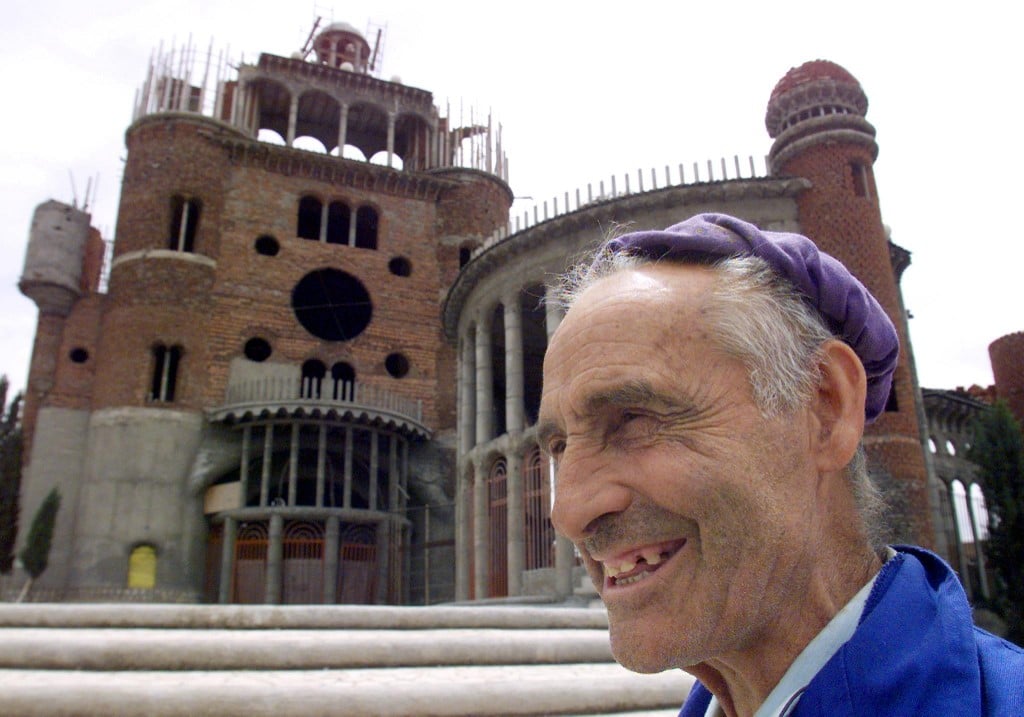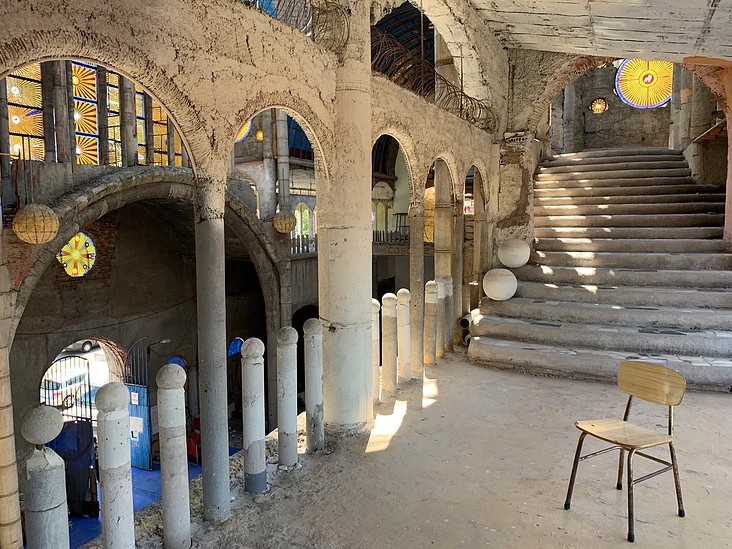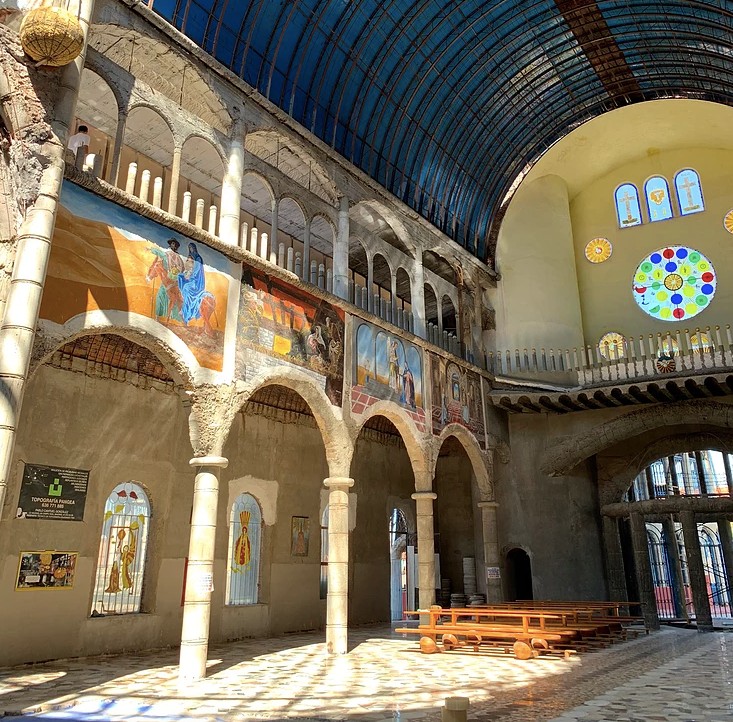On the Slussen waterfront sits Stockholm’s newest museum, Fotografiska, one of the world’s largest museums dedicated to cotemporary photography. Fotografiska opens with four remarkable and diverse exhibitions including one from the world’s most revered living photographers, Annie Leibovitz.
The museum, which opened on Thursday, has already caused a lot of interest worldwide.
“There was a lot of talk about the museum before I got here,” Leibovitz said at Thursday’s opening. “In New York and London – there was a lot of excitement within the photographic community about the museum’s opening.”
“Annie Leibovitz: A Photographers Life, 1990 – 2005” is a collection of over 190 photographs and displays some of the world’s most iconic portraiture featuring personalities including Bill Clinton, Mick Jagger, and Demi Moore.
The exhibition also comprises scenes from her private life – the death of her father and partner and the birth of her three daughters. This is juxtaposed with her reportage from the Sarajevo conflict as well as landscape photography from the USA and Jordan.
Leibovitz, who has so heavily influenced popular culture for the last 40 years and has been exhibited extensively throughout the world, sees her work as a unified whole.
“I don’t have two lives,” Leibovitz says. “This is one life, and the personal pictures and the assignment work are all part of it.”
Another of the exhibiting artists is Swedish photographer Lennart Nilsson. In 1953 Nilsson started work on a project that would go on to become one of the century’s most important reportages. “A Child is Born” showcases 30 large format photographs that employed endoscopic and electron microscopes to capture an embryo forming inside the womb.
Life, the magazine in which the series of photographs appeared in 1965, sold all 8 million pressed copies featuring the reportage.
Not for the faint hearted is Joel-Peter Witkin’s “Bodies” exhibition. The photographer takes pictures often using elaborate sets, models and cadavers, juxtaposing the grotesqueness and the beauty of the human form. The controversial artist’s exhibition displays 29 captivating works from the last 20 years.
“The Birthday Party” is an exhibition by Australian-born, Paris based photographer, Vee Speers. Her collection is a series of theatrical photographs of children playing dress-ups on their way to an imaginary birthday party.
Speers says the idea came from wanting to catch a few moments of her daughter before she grew up. It then became part of a bigger series.
“A world run by children, not adults – an anarchic world threaded together by an imaginary party,” Speers says.
The museum is located in a newly renovated Art Nouveau building designed by Ferdinand Boberg in 1906. An old customs house, the culturally preserved building forms a beautiful setting for the new museum, a fact not missed by the artists.
“I live in Paris and there’s really nothing compared to this kind of space you have here,” says Speers.” It’s fresh and open and very modern.
Fotografiska will not only be home to world-class exhibitions, but also hosts an academy which will provide seminars and courses for a range of skill levels from the budding photographer to the seasoned professional. The museum also houses a restaurant, shop and commercial gallery.
Entry is 95 SEK for adults, 70 SEK for students and seniors and is free for children under 12. The museum is found at Stora Tullhuset, Stadsgårdshamnen 22, Stockholm. Opening hours are 10am until 9pm daily.









 Please whitelist us to continue reading.
Please whitelist us to continue reading.
Member comments